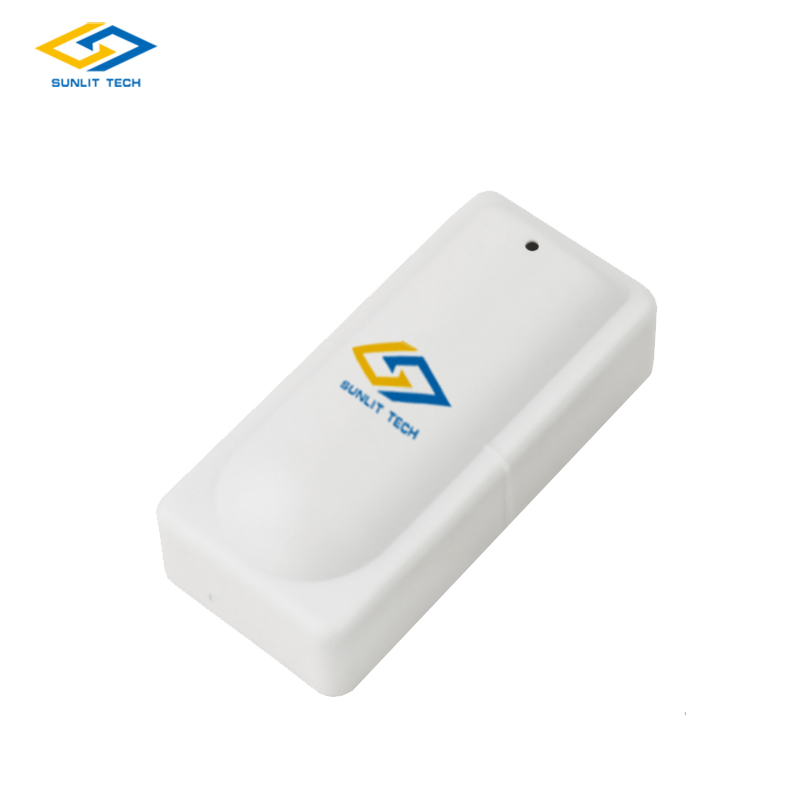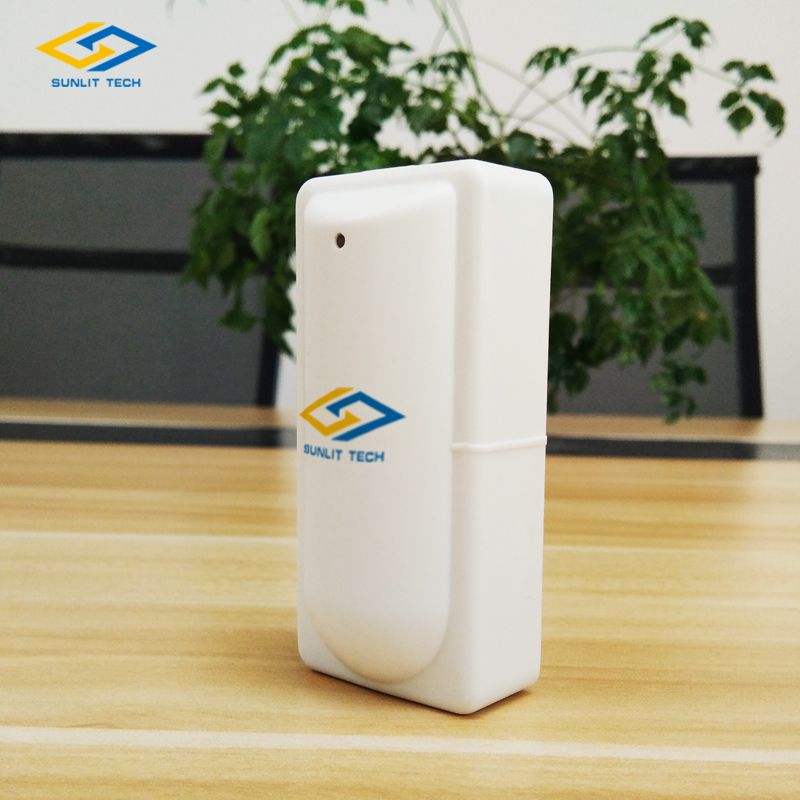How Do Wireless Alarm Sensors Work?
In an age where security is paramount, understanding how wireless alarm sensors function is essential for both homeowners and businesses. Wireless technology offers flexibility and ease of installation, making it a popular choice among security systems. This article delves into the workings of wireless alarm sensors, specifically focusing on wireless shock sensors, their applications, and how they contribute to enhanced security.
1. What Are Wireless Alarm Sensors?
Wireless alarm sensors are devices that detect and alert users to unauthorized access, movement, or disturbances within a designated area without the need for hardwired connections. These sensors use radio frequency (RF) signals to communicate with a central control panel or hub, ensuring a seamless and effective security setup. The absence of wires means installation is quicker and more versatile, allowing sensors to be placed in areas where wiring would be difficult or unsightly.
2. Understanding Wireless Shock Sensors
Among the many types of wireless alarm sensors, wireless shock sensors stand out due to their specific function. A wireless shock sensor is designed to detect vibrations or impacts on doors, windows, or walls. These sensors are particularly useful in preventing break-ins, as they can sense an intruder’s attempt to break through an entry point before actual access is gained.

3. How Do Wireless Shock Sensors Work?
Wireless shock sensors operate by detecting vibrations that exceed a certain threshold, which typically indicates forced entry. Here’s a breakdown of their operation:
Vibration Detection: The shock sensor contains a piezoelectric or accelerometer element that reacts to sudden vibrations or shocks.
Signal Transmission: When the sensor detects an impact, it sends an RF signal to the control panel.
Alarm Activation: The control panel processes the signal and triggers an alarm or sends an alert to the user, depending on the system configuration.
4. Benefits of Using Wireless Shock Sensors
Wireless shock sensors offer several advantages that make them an essential part of modern security systems:
Easy Installation: Without wiring constraints, these sensors can be placed in optimal locations.
Immediate Detection: Shock sensor alarms are designed to detect potential break-ins before they occur, allowing for quicker responses.
Versatility: They can be used on various surfaces, such as doors, windows, and even walls.
5. Applications and Use Cases
Wireless shock sensors are widely used in residential and commercial properties. Homeowners use them to secure entry points like windows and doors, while businesses install them on display cases, safes, and storage rooms to protect valuable assets. Due to their ability to detect forced entry attempts, shock sensor alarms provide an added layer of security beyond traditional motion sensors.
6. Choosing the Right Wireless Shock Sensor Manufacturer
When selecting a wireless shock sensor, it’s important to choose reliable and reputable wireless shock sensor manufacturers. Quality sensors should be highly sensitive, durable, and offer a range of signal transmission to ensure robust security coverage. Trusted manufacturers often provide products that integrate seamlessly with existing security systems and offer customer support for optimal usage.
Final Thoughts:
Wireless alarm sensors, particularly wireless shock sensors, play a crucial role in modern security systems by offering early detection and ease of installation. Whether for a home or a business, investing in high-quality wireless shock sensors can help protect property and provide peace of mind. Ensure that your security system includes reliable sensors from reputable wireless shock sensor manufacturers to maximize safety and efficiency.
wireless shock sensor shock sensor alarm wireless shock sensor manufacturers
 简体中文
简体中文

